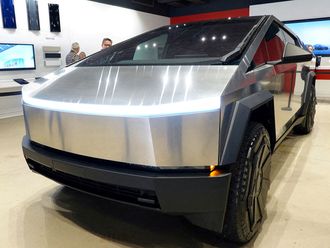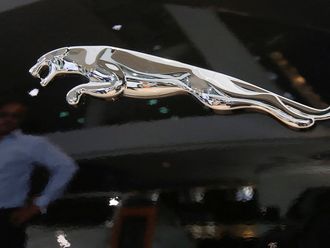It is often said the only constant is change — this quote is attributed to the Greek philosopher, Hercalitus, who lived in the 5th century BC. It has perhaps never been as relevant as it is today, especially when it comes to the pace of change in technology and its impact on consumer behaviour.
It is interesting to note a few changes that have taken place in the last 15 years alone — Facebook, a company that did not exist, now has 1.5 billion users; mobile phone ownership has gone from 12 per cent to 60 per cent globally, and worldwide internet penetration has increased from around 10 per cent to 54 per cent.
These changes have also driven behavioural change — social media has a profound impact on consumer trends as well as brand fortunes, and mobile internet is helping create new business models that shape the way we live, work, play and shop. Given this, what consumer trends do marketers need to prepare for over the next 10 years?
Here are five key trends with consumers in mind:
* Growing the sharing economy
What started out as a convenient option for people to hail cabs (Uber) has given birth to the sharing economy. Millennials are realising that it is much more convenient to share rather than own products, and this is going to revolutionise industries from cars to umbrellas.
It is estimated that the sharing economy could exceed $300 billion (D1.1 trillion) by 2025. Marketers, especially within the service sector, need to see how best they can marry consumer needs with a convenient and cost-effective solution. Some examples are DogVacay — where one can leave a pet with a host instead of a kennel, or Taskrabbit where one can hire another person via an app to do delivery and handyman jobs.
* Becoming more experiential
Because of the declining interest in ownership, consumers will focus a lot more on the experience rather than on the product itself. They will spend more on doing stuff and will cut back on “buying stuff”. This will have a major impact on the retail industry, which must move rapidly towards “retail-tainment”.
We already see this happening around us, with malls integrating entertainment concepts, and this trend will only intensify. This will also have an impact on how destinations are being marketed. we will need to move from “shopping destinations” to “experience destinations”.
* Being more in control of brand narratives
The days when marketers controlled content are disappearing fast and consumers will control the brand narrative more and more going forward. Rather than resisting this change, brands need to involve consumers in product development and also integrate social media in their marketing plans to generate buzz.
Given this, it is also imperative that brands be viewed as authentic and socially responsible, else the backlash could be quite severe — as seen recently in the H&M ‘Monkey Baby’ and Kendall Jenner-Pepsi incidents.
* Being always connected
McKinsey estimates that by 2025, three out of four people will own a connected mobile device. This has implications on how brands convey messages to consumers, which will be a lot more in-the-moment with fine-tuned offers for the specific individual.
Marketers will need to figure out how best to leverage moments that sit at the crossroads of content, immediacy and intent.
* Expecting seamless migration between virtual and real worlds
In recent times, much has been said about how online experience must match up to real-world experiences. However, with advances in augmented and virtual reality, the shoe will be on the other foot in a few years and we would be looking at “reverse omnichannel” effect — that is, the real-world environment will have to match up to the online experience. And consumers will expect that they would be able to migrate seamlessly between the two.
The trends above highlight that the marketing challenges in 2025 might be very different from what they are today — marketers and retailers need to keep an eye on evolving behaviours and invest in building capabilities for the future.
Gagan Bhalla is a director at Kantar MENAP.












